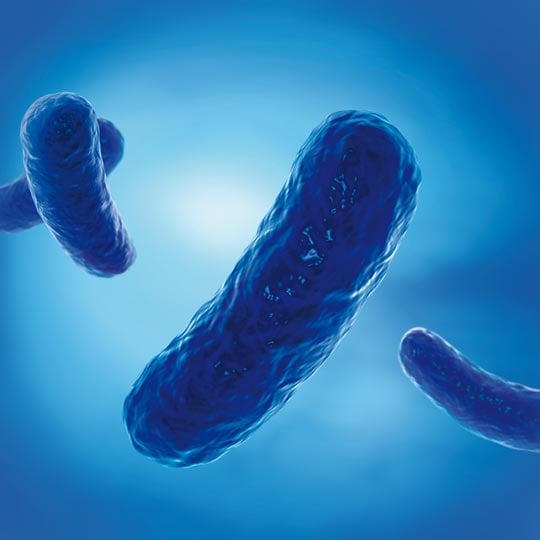Modes of Transmission

Salmonella are Gram-negative rods from the family of Enterobacteriaceae. Salmonella are distributed worldwide and are of importance as the causing pathogens of gastroenteritis (salmonellosis).
The World Health Organization (WHO) rates Salmonella infections as a key cause of diarrhoeal diseases worldwide, from which an estimate of more than 200 million young children are annually affected [1].
After an incubation period of 12-36 hours on average, diarrhoea and abdominal pain may appear as the first symptoms of acute intestinal inflammation. Further symptoms may include fever and vomiting. Infected individuals excrete the pathogens for a varying period of time depending on their age, adults for about four weeks and young children for up to seven weeks.
The main path of transmission for Salmonella is the oral ingestion via contaminated food. Among foods, insufficiently cooked egg and meat products are particularly relevant. However, nosocomial infections with Salmonella have also been described.
Hygiene measures can make an important contribution to protection against infections with salmonella. A disinfectant with bactericidal efficacy should be used for both handand surface disinfection.
» Necessary spectrum of antimicrobial activity
Click here to find products with bactericidal activity.
Sources:
